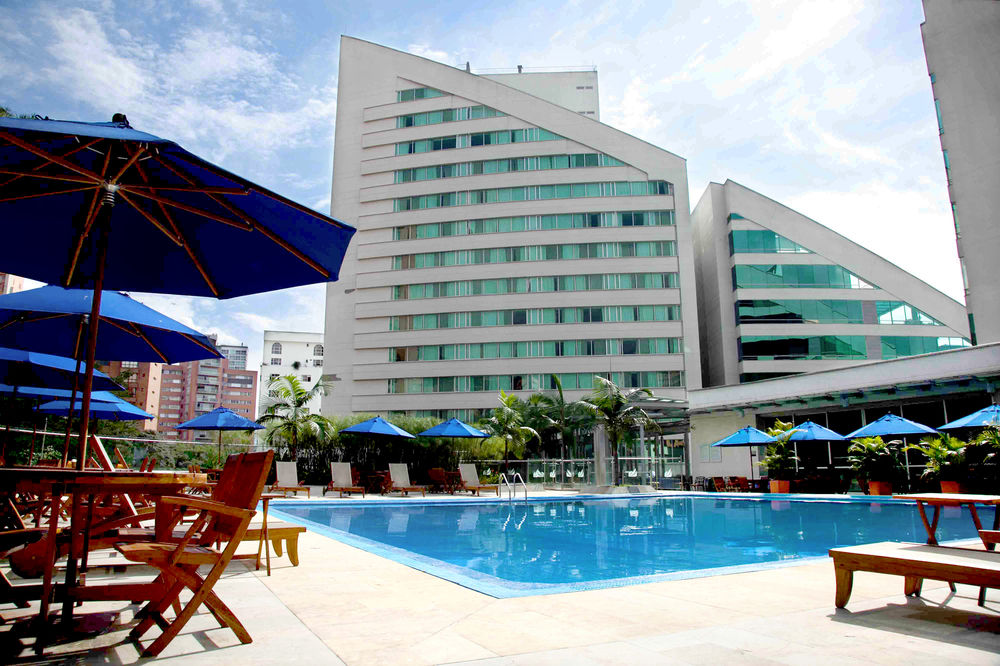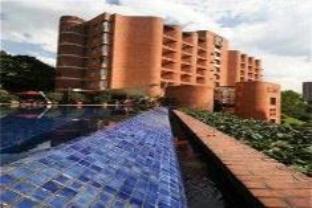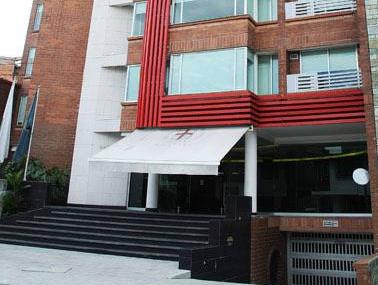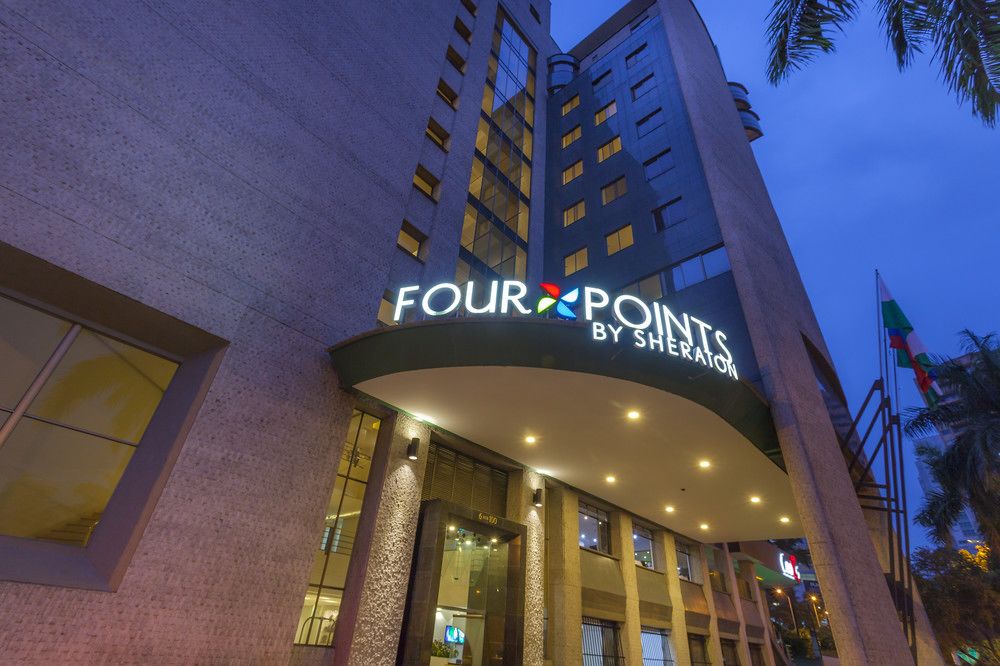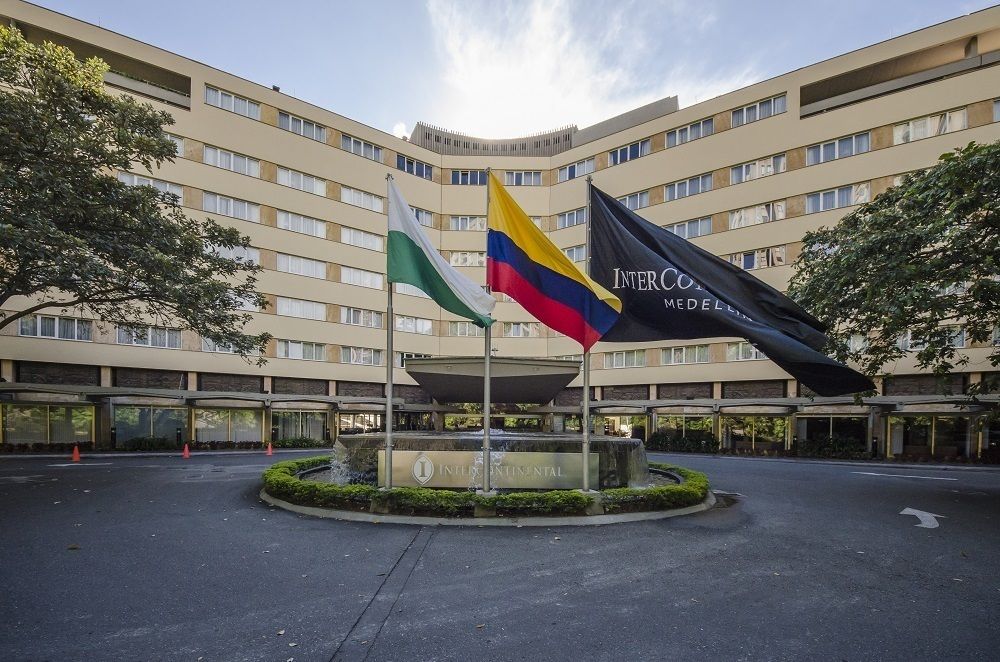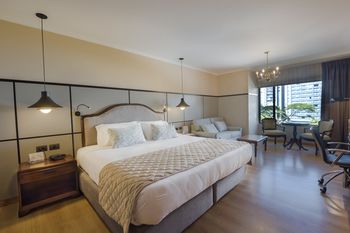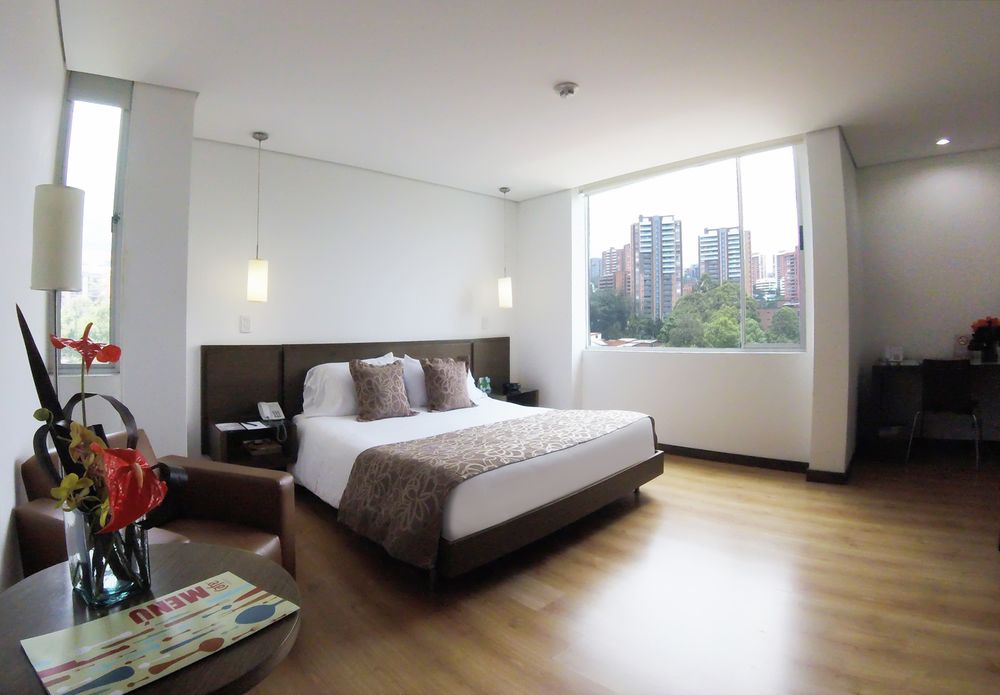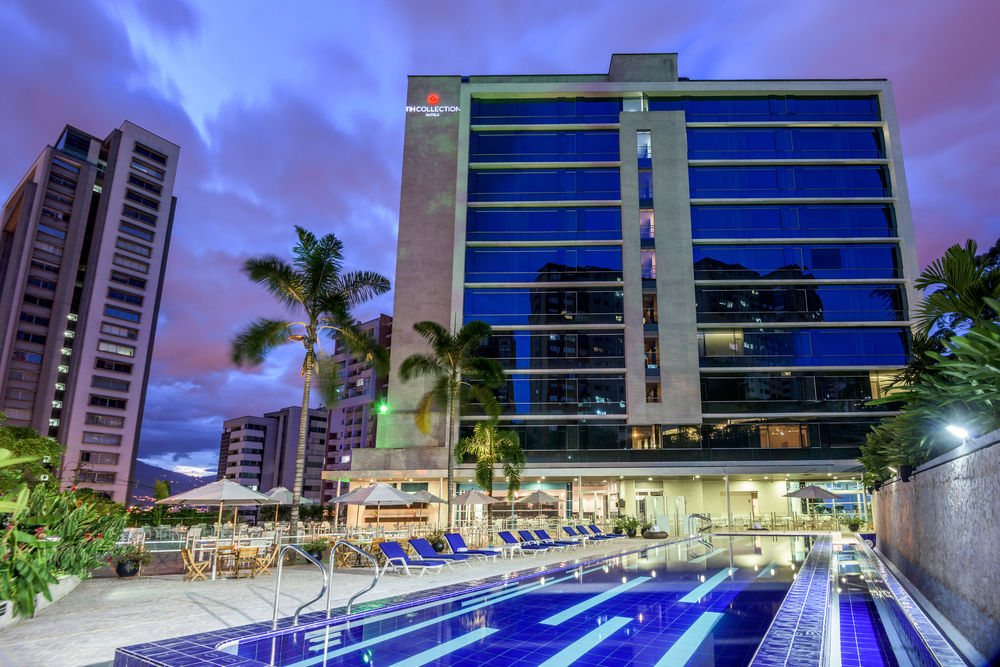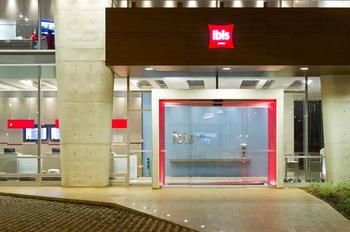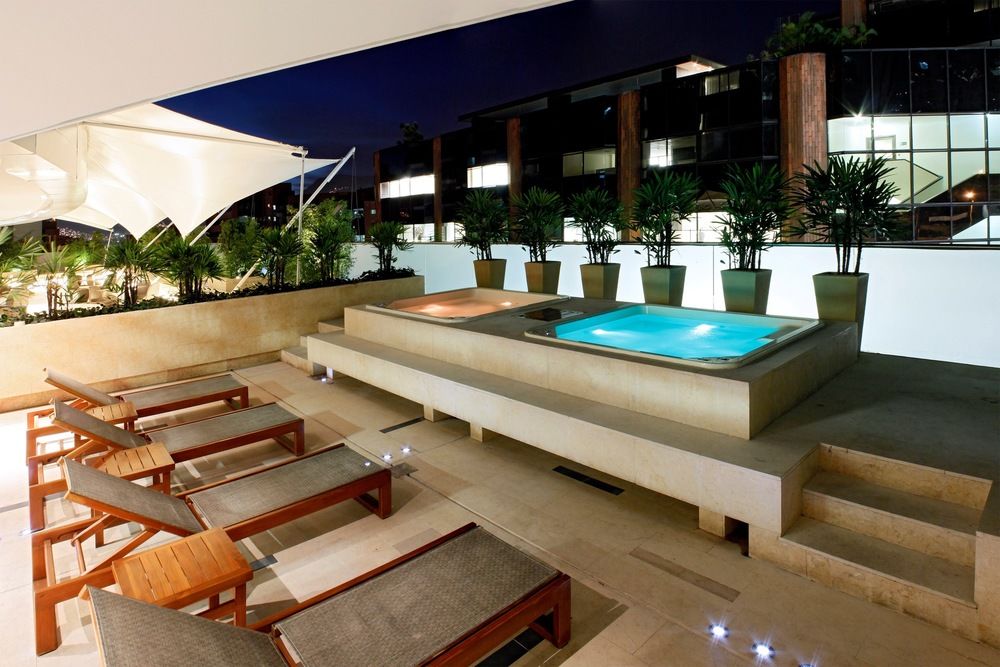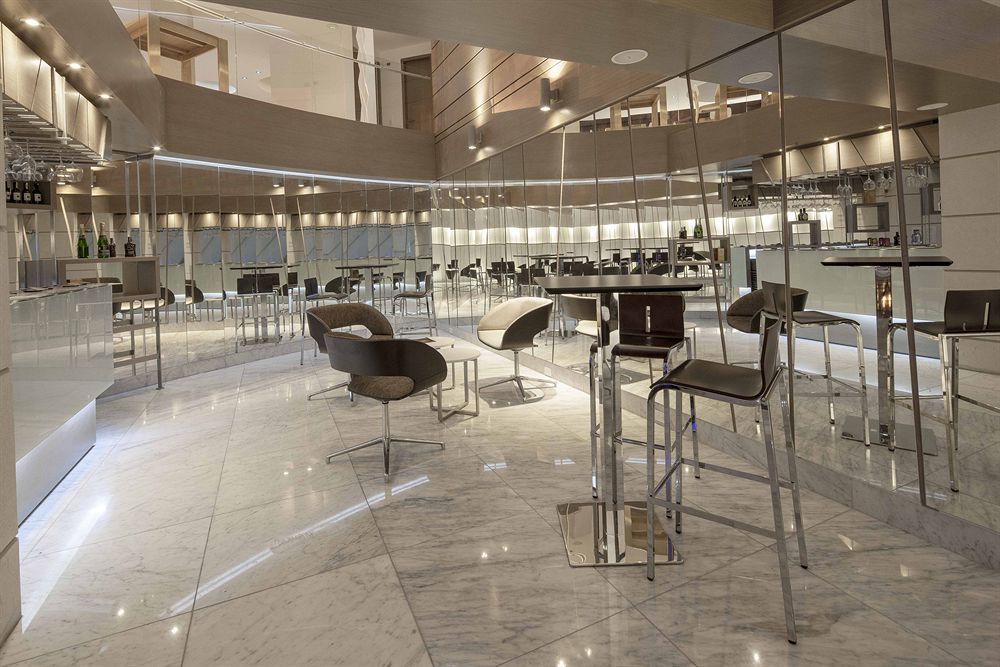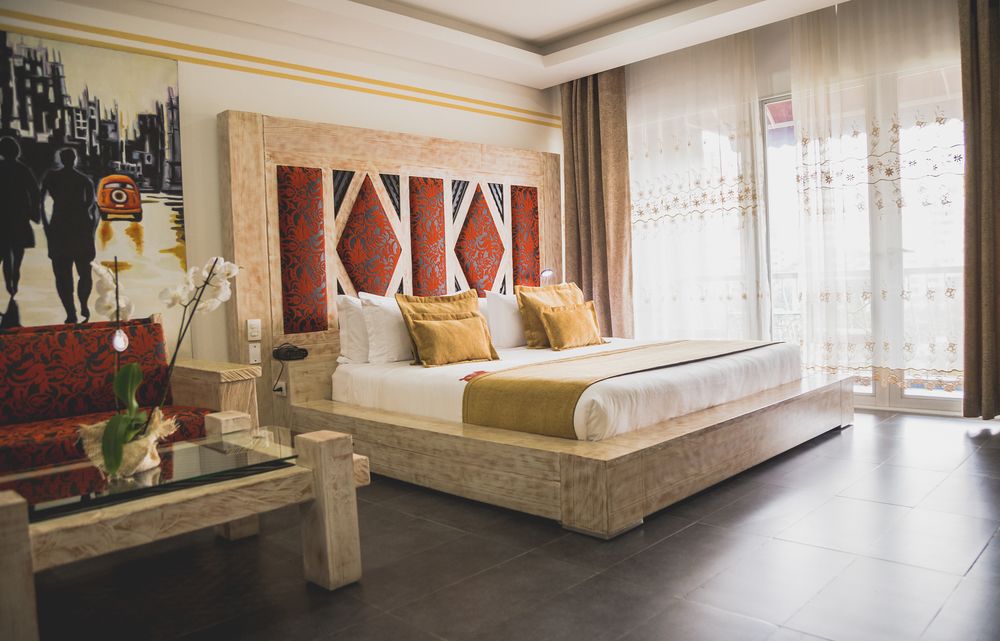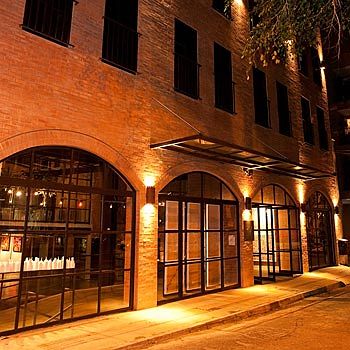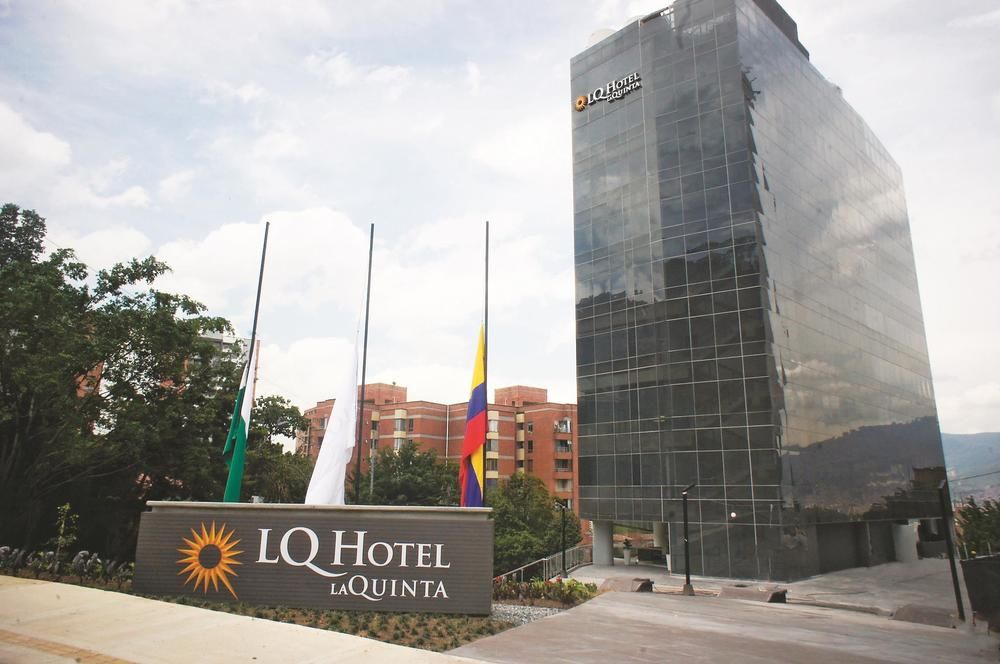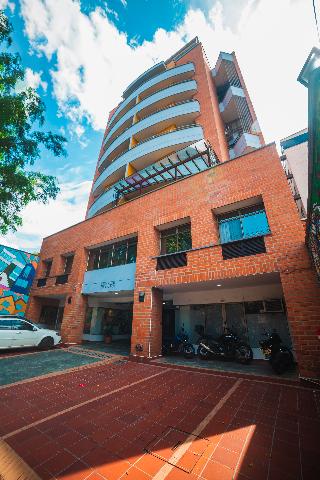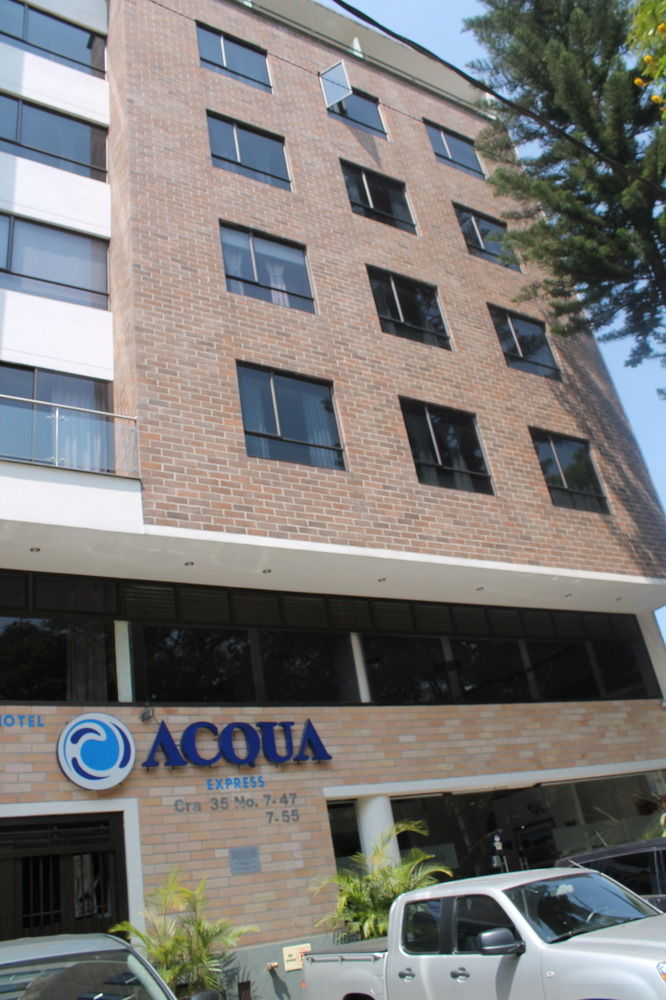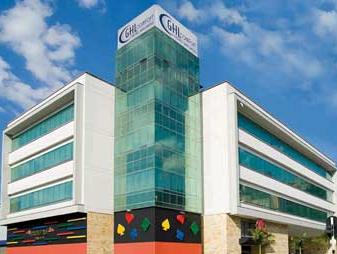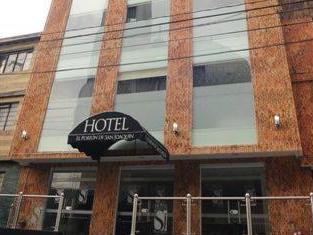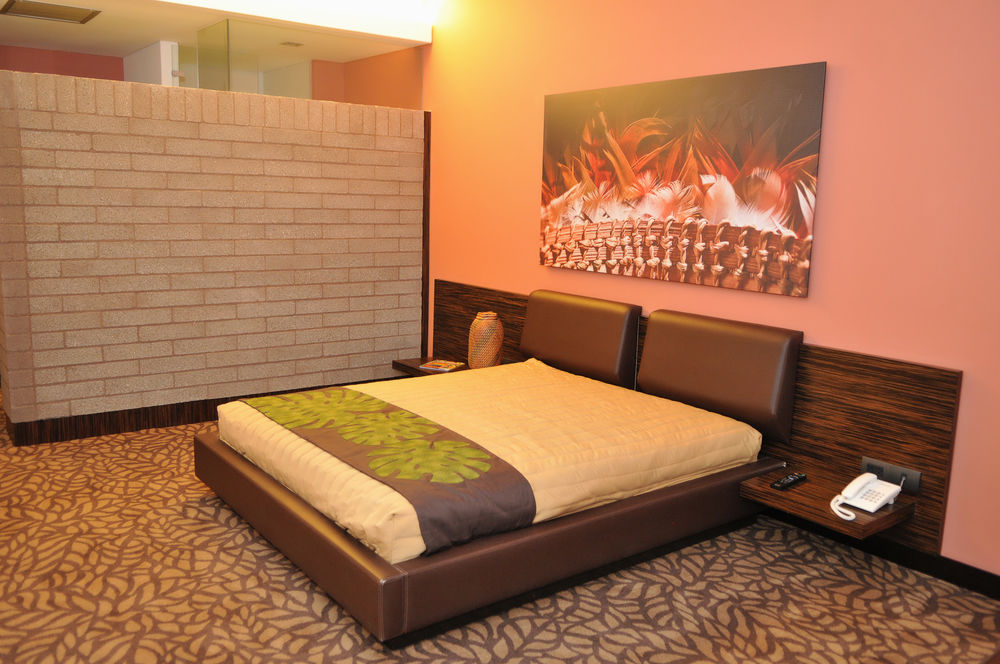
メデジンホテル検索結果
AIが見つけた軒のホテルの最安値をご覧ください。
ベストホテル
最安値のホテル
ホテル等級
AIおすすめ
メデジンベストホテル
メデジン 最低価格のホテル
最高評価のホテル
メデジンにある5つ星ホテル
メデジンにある4つ星ホテル
メデジンにある3つ星ホテル
AIがおすすめする世界の旅行先
メデジン近くのホテル情報
メデジン 旅行に欠かせない情報
Medellín (Spanish pronunciation: [meðeˈʝin] or [meðeˈʎin]; local pronunciation: [me̞.ðe̞ˈɟ͡ʝin]), officially the Municipality of Medellín (Spanish: Municipio de Medellín), is the second-largest city in Colombia and the capital of the department of Antioquia. It is located in the Aburrá Valley, a central region of the Andes Mountains in South America. According to the National Administrative Department of Statistics, the city has an estimated population of 2.5 million as of 2017. With its surrounding area that includes nine other cities, the metropolitan area of Medellín is the second-largest urban agglomeration in Colombia in terms of population and economy, with more than 3.7 million people.
In 1616 the Spaniard Francisco Herrera Campuzano erected a small indigenous village ("poblado") known as "Saint Lawrence of Aburrá" (San Lorenzo de Aburrá), located in the present-day El Poblado commune. On 2 November 1675, the queen consort Mariana of Austria founded the "Town of Our Lady of Candelaria of Medellín" (Villa de Nuestra Señora de la Candelaria de Medellín) in the Aná region, which today corresponds to the center of the city (east-central zone) and first describes the region as "Medellín". In 1826, the city was named the capital of the Department of Antioquia by the National Congress of the nascent Republic of Gran Colombia, comprised by present-day Colombia, Venezuela, Ecuador and Panama. After Colombia won its independence from Spain, Medellín became the capital of the Federal State of Antioquia until 1888, with the proclamation of the Colombian Constitution of 1886. During the 19th century, Medellín was a dynamic commercial center, first exporting gold, then producing and exporting coffee.
At the beginning of the 21st century the city regained industrial dynamism, with the construction of the Medellín Metro commuter rail, liberalized development policies, improved security and improved education. Researchers at the Overseas Development Institute have lauded the
 時間 UTC-05
時間 UTC-05 通貨 COP
通貨 COP 言語 Spanish
言語 SpanishStaypiaだけの特別な特典
リアルタイムホテル最安値比較
AIが見つけたin メデジンの軒のホテルのリアルタイム最安値を簡単に比較検索できます。
316万軒のホテルを最安値で予約
最低価格に最大31%追加メンバーシップ割引でさらにお得にご予約いただけます。
自分だけの
AIがリアルタイムで更新するメデジン旅行情報で便利に旅行を準備しましょう。
よくある質問
メデジンで最も人気のあるホテルは Diez Hotel Categoria Colombia, Hotel San Fernando Plaza, Hotel Dann Carlton Belfort Medellin です。
メデジンで最も人気のある5つ星ホテルはDiez Hotel Categoria Colombia, Hotel San Fernando Plaza, Hotel Dann Carlton Belfort Medellinです。 メデジン 評価順にホテルを見る
メデジンで最も評価の高いホテルはDiez Hotel Categoria Colombia, Hotel San Fernando Plaza, Hotel Dann Carlton Belfort Medellinです。
一般的なホテルの場合、客室予約はキャンセル締切日前まで無料返金が可能です。キャンセル締切日以降は手数料が発生する場合がありますので、ホテルバウチャーまたはメニュー>マイ予約でキャンセル締切日をご確認ください。
ステピアでは、AIが収集した316万件のホテルの最安値はもちろん、会員限定の追加割引価格で人気ホテルを予約することができます。
